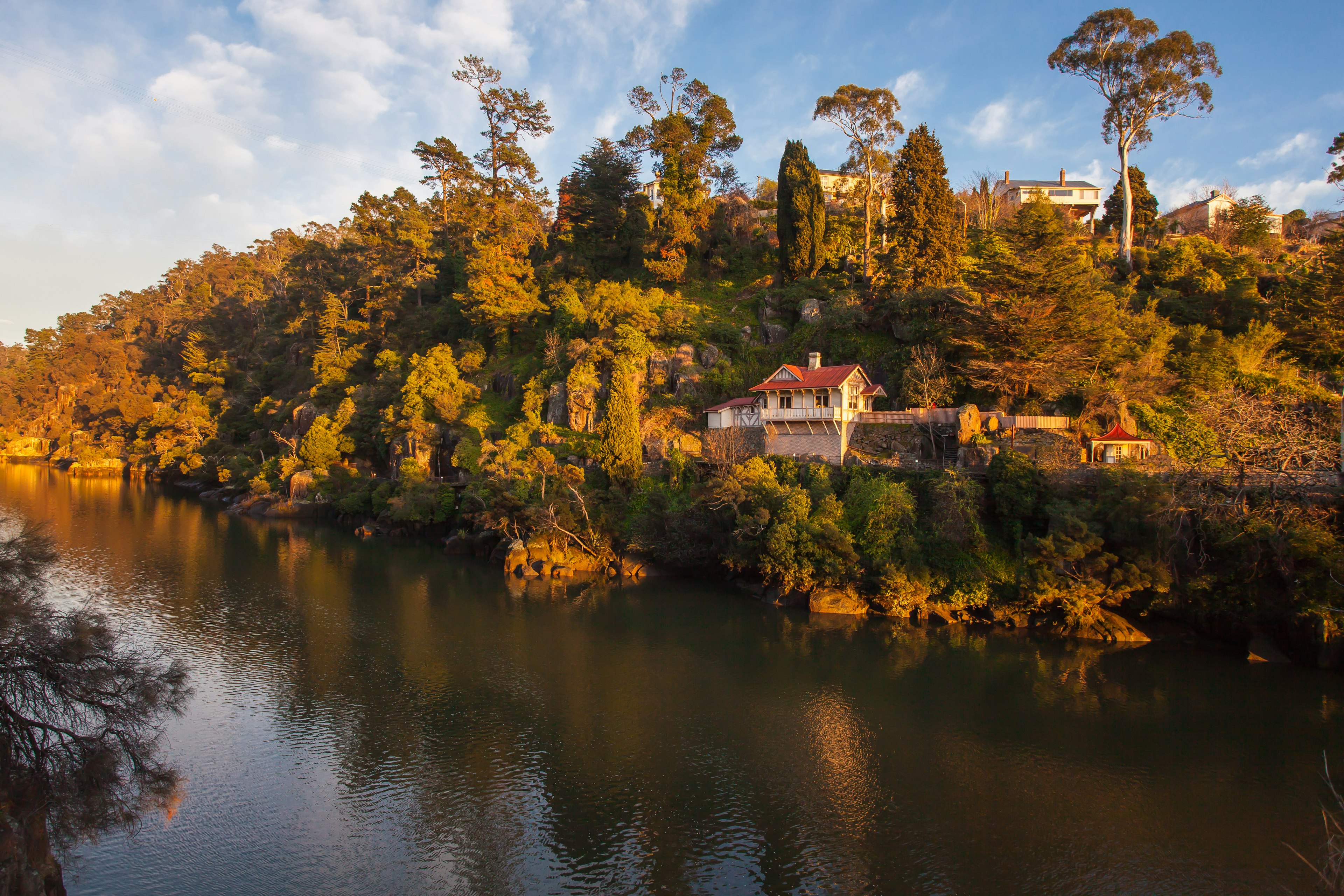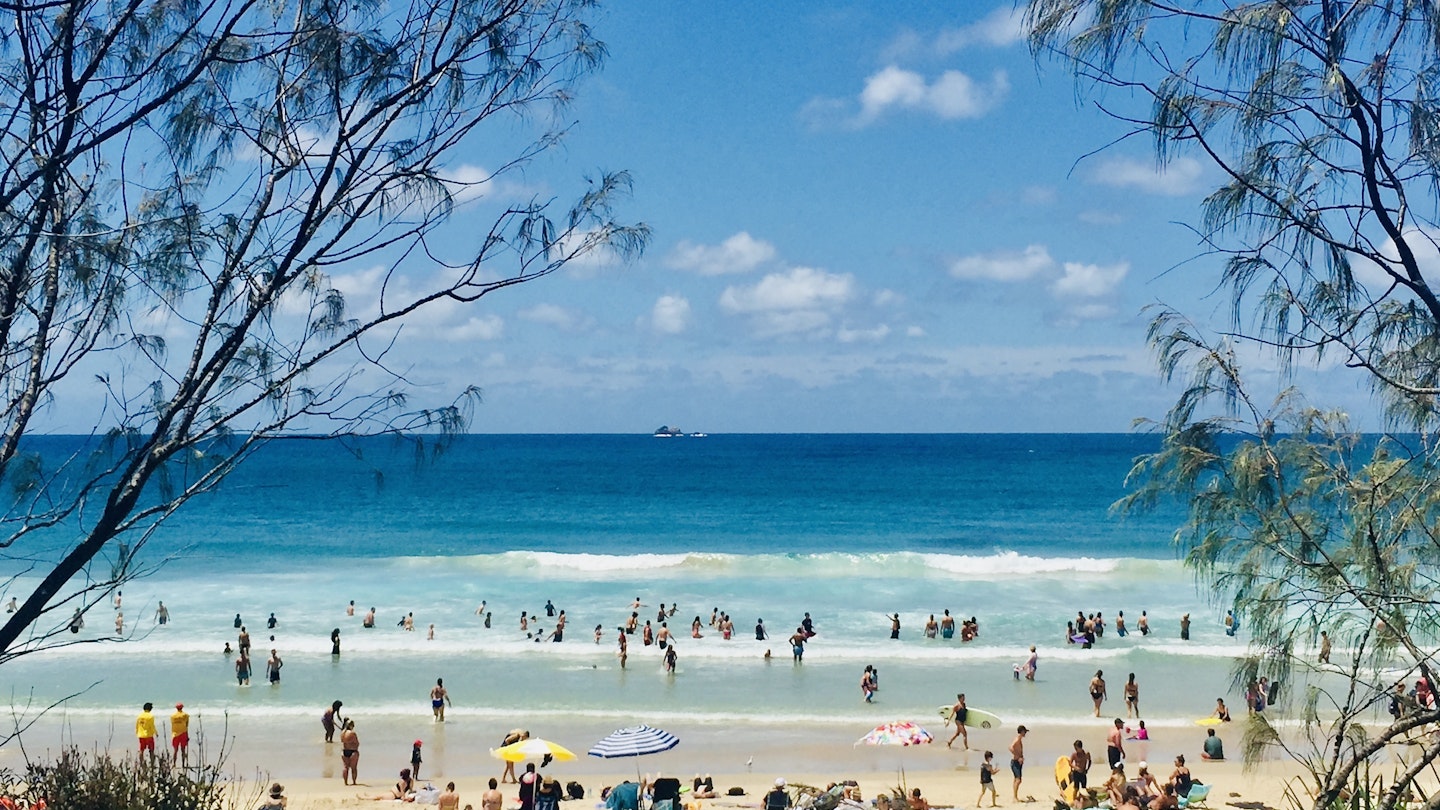Unveiling the Real Australia: Beyond Stereotypes
Nearly 20 years ago, as a young Canadian backpacker clutching my guidebook, I arrived in Australia for the first time. I didn’t leave a moment to waste: I visited Sydney’s iconic landmarks, learned to surf in Byron Bay, sailed through the breathtaking Whitsundays, and snorkeled on the Great Barrier Reef. I drove across K’gari, known then as Fraser Island, seeking dingoes. Really, I thought I did it all—but that was just the beginning of my journey.
Four weeks later, I checked Australia off my travel list and swore I’d never come back. However, I kept getting drawn back, eventually moving Down Under. Each subsequent trip revealed that I had barely scratched the surface during my initial visit. I had fallen prey to the common misconceptions about Australia.
1. Australia is a Destination for Ocean Lovers
Dreaming of lounging on one of Australia’s white sand beaches? Understandably so, as we have approximately 12,000 of them. However, if salt, sun, and surfing are not your style, you’ll be amazed to discover that Australia offers much more than expansive red deserts. You’ll find a stunning 180-million-year-old rainforest, along with one of the world’s largest tropical savannas and a majestic mountain range that stretches for 3,700 km down the East Coast.

2. Australia’s Best Attractions Aren’t Limited to the East Coast
It’s true that Melbourne boasts fantastic coffee, while Sydney is known as a world-class city, and Byron Bay attracts celebrities. Nevertheless, it’s important to recognize that Australia’s top attractions extend far beyond. The island state of Tasmania, for example, has won over many fans due to its unique wildlife encounters, a farm-to-table culinary scene, and rich Aboriginal history and convict-era heritage.
3. Aboriginal Culture is Diverse and Complex
Australia is home to the world’s oldest continuous living culture. However, it is crucial to understand that its Traditional Custodians are not homogenous; there are more than 250 Aboriginal groups, each with cultural traditions that reflect their landscapes. For instance, the didgeridoo originates from a specific area in the Northern Territory, showcasing the variety of cultural expressions across the nation.

4. Australia’s Unique Wildlife
While koalas and kangaroos are undoubtedly iconic symbols of Australia, they face stiff competition from many lesser-known yet equally adorable animals. Australia teems with unique wildlife, including potoroos, numbats, quolls, bilbies, and tree kangaroos. According to the Australian Wildlife Conservancy, a staggering 87% of the country’s mammals can be found nowhere else on Earth.
5. Safety Concerns: Myths vs. Reality
It’s a common myth that everything in Australia poses a deadly threat. However, rest assured—you are much more likely to encounter a horse-related incident than a dangerous encounter with snakes, sharks, crocodiles, or spiders. Moreover, the real wildlife hazard to be mindful of? Kangaroos, as they are known to unexpectedly jump in front of vehicles, especially during dawn and dusk.




